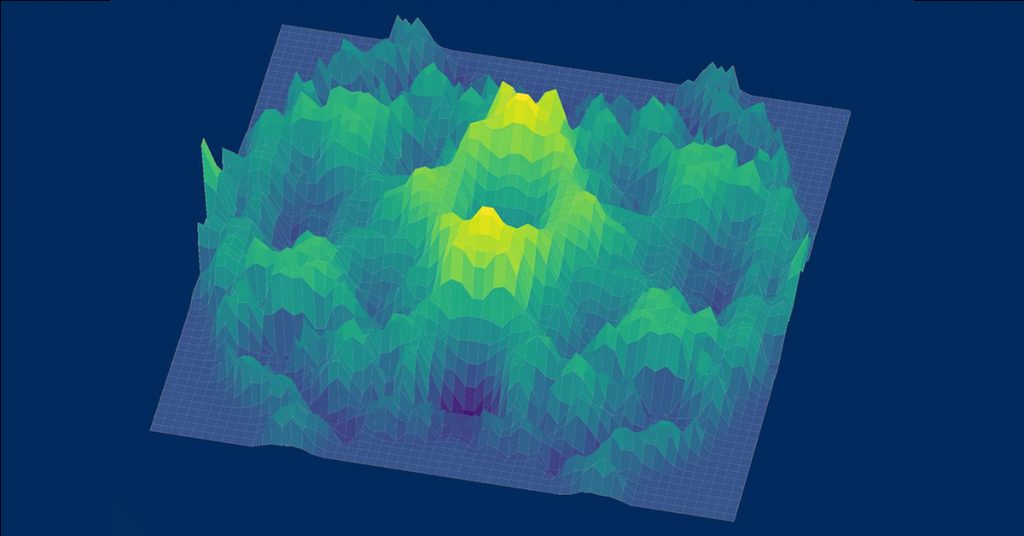On Friday, October 6th, Amazon is set to initiate the launch of two test satellites for Project Kuiper. These satellites, known as KuiperSat-1 and KuiperSat-2, will be launched into space via the Atlas V rocket from the United Launch Alliance (ULA) as part of Amazon’s endeavor in the field of internet satellite technology.
The launch will occur from Space Launch Complex 41 at the Cape Canaveral Space Force Station in Florida. The two-hour launch window is scheduled to open at 2 PM ET. According to the Project Kuiper team, the Atlas V rocket will release the two satellites at an altitude of 311 miles, placing them into low-earth orbit.
Subsequently, the Project Kuiper team will conduct a series of tests to establish initial communication with the satellites and deploy solar arrays to generate power. Once the satellite system is connected to the internet, efforts will be made to facilitate data exchange between the satellites and a customer terminal on Earth. Amazon has specified that it intends to actively deorbit the satellites at the end of their mission, allowing them to re-enter Earth’s atmosphere and burn up.
Rajeev Badyal, Vice President of Technology for Project Kuiper, expressed confidence in their satellite design after extensive testing in their laboratory. However, he emphasized the importance of on-orbit testing, stating, “There’s no substitute for on-orbit testing. This marks Amazon’s inaugural foray into satellite deployment, and regardless of the mission’s outcome, we anticipate gaining invaluable insights.”
Initially, Amazon had planned to launch its test satellites on the ULA’s new Vulcan rocket earlier in the year, but the rocket experienced a setback due to an explosion, leading to a delay in its maiden launch. To mitigate further delays, Amazon made the decision to switch to the ULA’s Atlas V rocket.
Despite this setback, Amazon still aims to launch its first operational satellites in the first half of 2024, with beta testing commencing by the end of that year. The company’s long-term goal is to establish a constellation of over 3,200 satellites in low Earth orbit, positioning itself as a competitor to Elon Musk’s Starlink, which currently boasts more than 4,000 satellites in orbit









